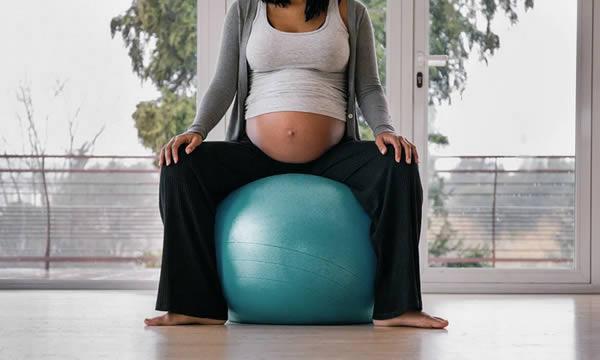
Many of us know Kegels as the dreaded exercise our doctor tells us to do while standing in line at the store or sitting at a red light, but these pelvic floor exercises have a valuable place in your daily to-do list during pregnancy.
What are Kegel exercises?
Named after gynecologist Arnold Kegel, these exercises can strengthen the pelvic floor muscles, which stretch during pregnancy and childbirth. If done correctly, Kegels can minimize stretching and make the muscles in your pelvic and vaginal area strong.
The thing to remember, as with all muscles, says Heather Jeffcoat, DPT, the owner of FeminaPT.com, is they need to be able to contract well but also relax and lengthen. “This is especially important as the pelvic floor needs to lengthen during pregnancy and vaginal delivery,” she adds.
When doing Kegels, Jeffcoat says to perform them from the back to the front, meaning, from the anus towards the vagina. If done correctly, Jeffcoat says you will also feel a gentle contraction with flattening of your lower abs.
“The number of Kegels you should do to maintain your fitness level varies and depends on factors such as rehabilitating from an injury, dealing with stress incontinence or prolapse, or pelvic pain,” Jeffcoat says.
If there are no symptoms of pelvic floor dysfunction, Jeffcoat recommends the following protocol:
- Contract or tighten the muscles for 3 seconds.
- Rest for 3 seconds.
- Do 2 sets of 10 to 15 every other day.
- Alternate with quick contractions of 2 sets of 10 to 15 on the other days.
If remembering to contract these powerhouse muscles is a problem, Jeffcoat says there are Bluetooth enabled devices that can give you feedback. “In my office, we recommend using the Attain, which provides visual feedback plus pelvic floor muscle electrical stimulation to assist with your pelvic floor contractions,” she adds.
